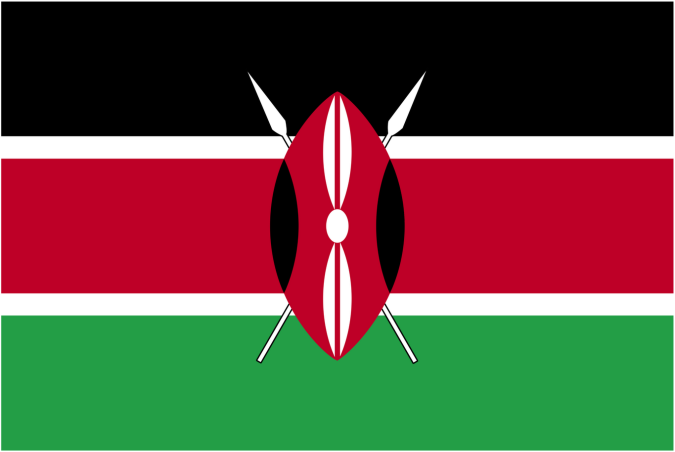KENYA:App tracks all your mobile money use

Overview founder Hans Pauwels was in search of a technology-based idea that had impact and scale when he stumbled upon mobile banking in Kenya.
The use of mobile phones for transactions had the entrepreneur’s mind turning at how he could plug into the trend that has taken root in Kenya and Africa as a whole.
“I sat with my two sons Henri and Charles, who I am currently working with, to come up with a simple way of integrating all these transactions to give users an idea of spend from the transactions,” Pauwels told the Digital Business.
Similar to Safaricom owned M-Ledger, the Overview app aggregates amount of money transacted as well as the cost of the transaction.
To add to the experience, the Overview developers allow users with multiple mobile wallets to see the transactions across the board as well as those of their bank accounts, including the charges.
For example, a user who has an Airtel and Safaricom line, using the Airtel Money and M-Pesa as well as transacts from a KCB account using mobile banking, is able to see all the transactions, the fee and go as far as to categorise the spend on the Overview app.
“We currently integrate with M-Pesa, Airtel Money, KCB transactions, M-Shwari savings and M-Shwari Lock Savings,” says Pauwels.
“Integration with other banks will follow shortly. Digital loan providers, such as Tala and Branch, will also be included.”
Kenya has been in the forefront of the global financial sphere when it comes to banking via mobile phones.
The most recently launched PesaLink, a digital payment platform, has signed up or more than 3.5 million customers.
PesaLink allows customers to send money from one bank account to another in a different bank real-time, on bank retail payment channels including the mobile, ATM, Internet banking, agency network, bank branches and soon at point-of-sale (PoS).
Mobile money has evolved to become a loan disbursement tool, adding to other uses such as peer transfers, betting, as paying for shopping, utility bills (water, rent and electricity), school fees, and receiving dividends.
The Central Bank of Kenya indicated that at the end of 2016, The volume of cash moved through mobile money transfer platforms grew by a fifth last year to cross the Sh3 trillion mark for the first time.
This means that Kenyans transacted an average of Sh280 billion in real-time mobile-based payments per month, or Sh9.2 billion a day last year — compared to the Sh7.7 billion moved daily through the same platform in the full year of 2015.
“Banks are still adopting digitisation. Africa is well ahead of Europe when it comes to payment systems,” says Pauwels .
Henri, who has a background in design management, handles user interface and experience, to ensure that the app is user-friendly.
Charles, whose background is in industrial design deals with the technology part of the application.
For users with multiple devices, the app synchronises data automatically when the users switch on their data but also operates offline.
“The app is PIN code protected and all communication with the servers is encrypted. It is our commitment to our users to always protect them,” says Pauwels.
In addition to this, it is linked to the mobile phone number of the user and can therefore not be accessed from another number not listed by the user.
When a user sends or receives money, it automatically reads the data of the transaction notification and prompts the user.
“We want to help people understand and manage their finances,” says Henri.
The app is only available for Android devices and can be downloaded from the Playstore.
SOURCE:BUSINESSDAILYAFRICA
 Africas leading resource for digital financial services
Africas leading resource for digital financial services


comments